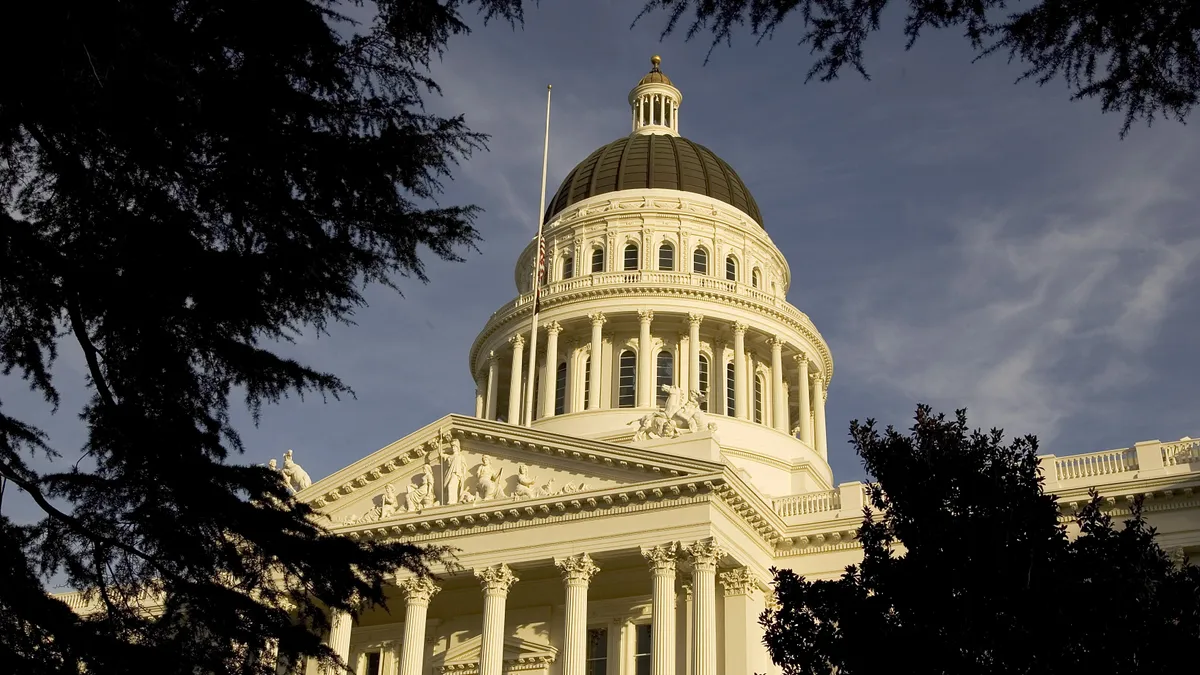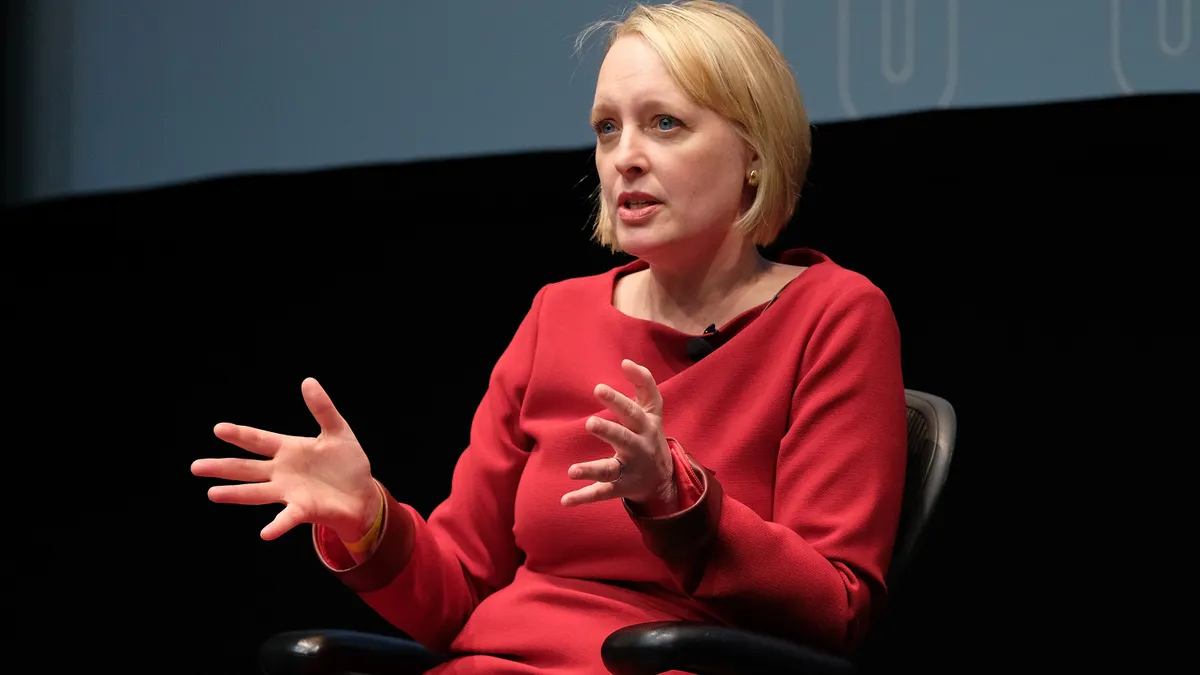In the world of labor and employment law, California is a bellwether. The state's legislative activity on HR issues such as pay, time off, discrimination and a host of other issues have spurred similar laws across the U.S. — and minimum wage laws are no exception.
In 2016, California became the first state to officially adopt a statewide minimum wage of $15 an hour implemented by incremental increase. This year is the first in which the state's large employers, defined as those with 26 or more employees, will need to comply with the $15 minimum. By 2023, small employers will need to do the same.
Several states would announce plans to increase their wages, and a handful will cross the $15 threshold in the coming years, according to the National Conference of State Legislatures. But California's law does not stop there. Beyond 2023, the state will adjust its minimum annually for inflation based on the national consumer price index for urban wage earners and clerical workers.
That last bit is important, as many local employers may not realize future increases are in store, said Lisa Charbonneau, associate at management-side firm Liebert Cassidy Whitmore.
Even with future inflation-related increases scheduled, however, California residents are already debating a new minimum wage threshold.
Worker advocates, led by activist and Blue Apron founding investor Joe Sanberg, have submitted a ballot initiative to increase the state's minimum wage to $18 an hour by 2025. If the initiative, titled the Living Wage Act of 2022, gains the necessary number of signatures from California voters, it could be put up for vote in November.
The #LivingWageAct of 2022 — sponsored by @JosephNSanberg — cleared another hurdle today! We're officially gearing up to collect the necessary signatures to put the measure on California voters' November ballots.
— Living Wage Act of 2022 (@calivingwage) February 9, 2022
CA workers deserve a raise!
Read the full press release here: pic.twitter.com/uWFGNovClb
Proponents of the $18 minimum argue it is needed to help workers adjust to the rising cost of living in many of California's largest metropolitan areas. That trend explains, in part, why cities like Los Angeles have experienced high levels of homelessness, according to Victor Narro, project director at the UCLA Labor Center. Even the new minimum of $15 an hour is not sufficient for many workers to maintain their quality of life without needing to work multiple jobs, he told HR Dive in an interview.
"There is not one California worker who is making a good living on $15 an hour," Sanberg said in a press release announcing the beginning of signature gathering for the proposal. He added that essential workers and workers of color were particularly likely to be impacted by low wages; "That has to change."
Cost of living in selected California cities, percentage compared to national average
| City | Cost of living |
|---|---|
| Anaheim | +32.6% |
| Bakersfield | -1.4% |
| Berkeley | +56.8% |
| Carlsbad | +34.4% |
| Fresno | -2.6% |
| Long Beach | +27.8% |
| Los Angeles | +41.1% |
| Sacramento | +7.4% |
| San Diego | +35.0% |
| San Francisco | +86.1% |
SOURCE: Salary.com
Others are concerned about the challenges the higher threshold would place on California employers. Specifically, Charbonneau, who represents city and county employers in the state in labor negotiations, said that these entities may struggle to budget for future increases without implementing cost-saving measures or raising revenue.
"Cities and counties can't just pass the cost onto their customers like private companies can," Charbonneau said. "Their hands are somewhat tied."
But many employees of these municipal governments are represented by labor unions that, through collective bargaining, already participate in negotiating pay for members that tend to be higher than the state minimum wage, Narro said.
"That's what they do every year anyway," he continued. "They try to get more for their members."
Narro said the argument about potential negative impacts of an $18 minimum wage on municipal governments is one of many put forward by the business community to oppose minimum wage increases. He said California's economic success, notwithstanding past increases, bolsters advocates' side of the debate.
Similarly, Steve Smith, communications director for the California Labor Federation, an advocacy group for unions in the state, characterized the Living Wage Act proposal as modest; "We're not talking about a drastic increase from where we are now."
Additionally, municipal governments employ fewer minimum wage workers than private-sector employers do, Smith continued. "There may be some budgetary increase, but there doesn't seem to be anything that would cause municipal employers to need to raise more revenue."
Charbonneau agreed that unions in the state are typically successful at securing wages for members that exceed the minimum wage. But among municipal governments, those most likely to be impacted are temporary and part-time workers as well as workers who are hired to complete a particular assignment, she said. These workers typically see pay closer to the minimum.
Municipal employers in certain parts of the state already have struggled to attract talent, such as in Menlo Park, Santa Clara and other centers for California's technology sector. "You can't hire a police officer who will be able to live anywhere near the department he or she is working for," Charbonneau said. "It's a huge recruiting problem, and that goes all throughout city government."
So far, Charbonneau said employers in such areas have sought to draw talent by looking into other options, such as providing flexible schedules, remote work where possible, commuter benefits, subsidized home loans programs and other benefits.
Despite its economic success, California continues to see a large discrepancy between the high-income and low-income residents, Narro said, and he added that this difference cannot be entirely explained by wage levels alone.
Officials still need to create solutions that allow workers to find quality, affordable housing, Narro said, and even if wage increases are enacted, these increases may not amount to much without proper enforcement; "Otherwise, when you increase the minimum wage, all you do is increase wage theft."





















